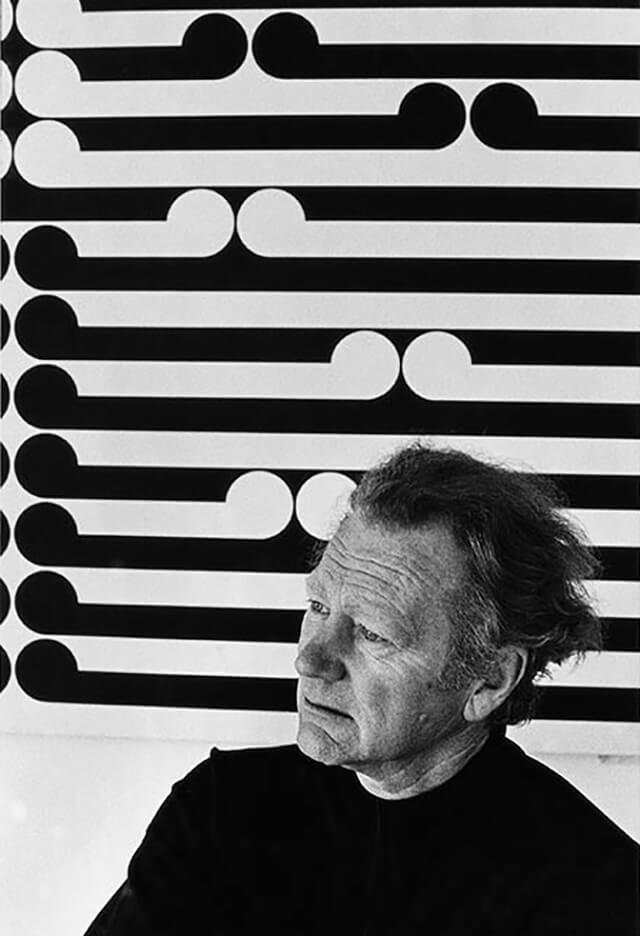
Maud Sherwood, artist
Maud Kimbell's family moved to Wellington in the early 1890s and it was then that Maud’s long association with the Wellington Technical School began.
In her younger years Maud attended art classes, entered national competitions, and began exhibiting with the New Zealand Academy of Fine Arts. She completed her art class teacher’s certificate by 1899 and was receiving commissions and winning international competitions.
In 1901 Maud moved from student to teacher at the Wellington Technical School while still continuing her arts practice.
In 1911 she left for Europe, visited artists’ studios with Frances Hodgkins, joined a sketching group and travelled Europe, painting mostly local people. During this time she studied at the Academie Colarossi and the Percyval Tudor-Hart’s studio.
Maud left Europe in 1913 for Sydney, quickly establishing herself; by 1914 she was exhibiting with the Society of Artists and had two paintings purchased by the New South Wales Art Gallery. In 1924 she was elected the only woman member of the Committee of the Watercolour Institute of Sydney.
Maud continued to paint and exhibited in Australia, New Zealand, Paris, Rome and at the Royal Academy of Art in London. Her use of colour, her open style, and her gift for composition and portraiture placed her among leading Australian watercolourists. In 1933 she was elected to the Society of Artists, Sydney. She received a Coronation Medal in 1937 and an Australian 150th Anniversary Exhibition Medal in 1938. In 1937 she became a foundation member of the Australian Academy of Art. And in 1940 she exhibited at the National Centennial Exhibition of New Zealand.
She continued to paint and exhibit throughout the 1940s, and her quest for travel had her purchasing a caravan to make extensive trips in search of new subjects. In her later life she lived at Katoomba in the Blue Mountains where she focused on painting still-lifes, continuing to experiment and exhibit into her old age. She died at her cottage in Katoomba in 1956.
Maud not only had confidence in her artistic expression, but also a tenacity to follow her artistic passion in an era when a woman travelling alone and pursuing an artistic career in New Zealand, Europe and Australia was a rare and daring thing. She was a pioneer and role model for other women.
More Art stories

Art
E. Mervyn Taylor
Mervyn dedicated his life to being both an artist and a communicator; bringing art close to people. He was of a generation that wanted to cast off colonialism and discover a way to see the world and interpret its character from a South Pacific perspective.

Art
Gordon Walters
Gordon’s iconic, and at times controversial, contribution to New Zealand culture is largely due to his synthesis of Māori and European symbols through geometric abstraction.

Art
Guy Ngan
Guy Ngan is described as one of New Zealand’s most prolific artists, with many large-scale public artworks located throughout the country.